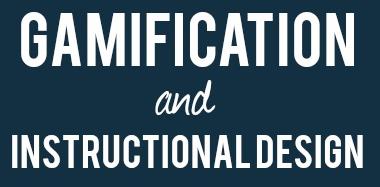
If you too are interested in getting some layer of gamification into your courses, then the following six steps (originally developed by Mia MacMeekin) is a great place to start. At the very least, these will help you get your thoughts organized so that you address the major points of gamification within learning. From here, you can expand as necessary for your specific situation.
[box]
[box_header]
Step #1: Learning Outcomes
[/box_header]
[box_content]
In the first step you need to carefully define and clarify the learning outcomes. You should use verbs (actionable) and ensure that they are measurable so that they carry meaning.
[/box_content]
[/box]
[box]
[box_header]
Step #2: Big Idea
[/box_header]
[box_content]
Next, you need to choose an idea. The idea can be a theme or a challenge, but ask yourself: “what idea can carry the course through to the end? In order to successfully accomplish the idea, students must master all the applicable learning outcomes.
[/box_content]
[/box]
[box]
[box_header]
Step #3: Storyboard the Game
[/box_header]
[box_content]
With the two first steps taken care of, you can begin to storyboard the game. Define where the start of the game occurs, where there are learning activities, and be sure to add points where the students can safely “fail”.
[/box_content]
[/box]
[box]
[box_header]
Step #4: Learning Activities
[/box_header]
[box_content]
Learning activities “will happen during the instructional period, including out-of-course activities, what the instructor will do, and what the student will do.”(Gagne, et al., 2005)
[/box_content]
[/box]
[box]
[box_header]
Step #5: Build the Team
[/box_header]
[box_content]
Games can be played as an individual, or within groups/teams. It is recommend that you group students into teams so as to enhance the social part of learning – but this isn’t always possible. If you do form groups, make sure that they are mixed in ability and in backgrounds. If a group is struggling, don’t be afraid to help them out.
[/box_content]
[/box]
[box]
[box_header]
Step #6: Add Game Dynamics
[/box_header]
[box_content]
Make sure that your gamification includes standard game dynamics, such as players, motivation, levels, competition, permission to fail, rewards, challenges, and freedom to apply individual interpretation.
[/box_content]
[/box]

Justin Ferriman
@LearnDashLMS






